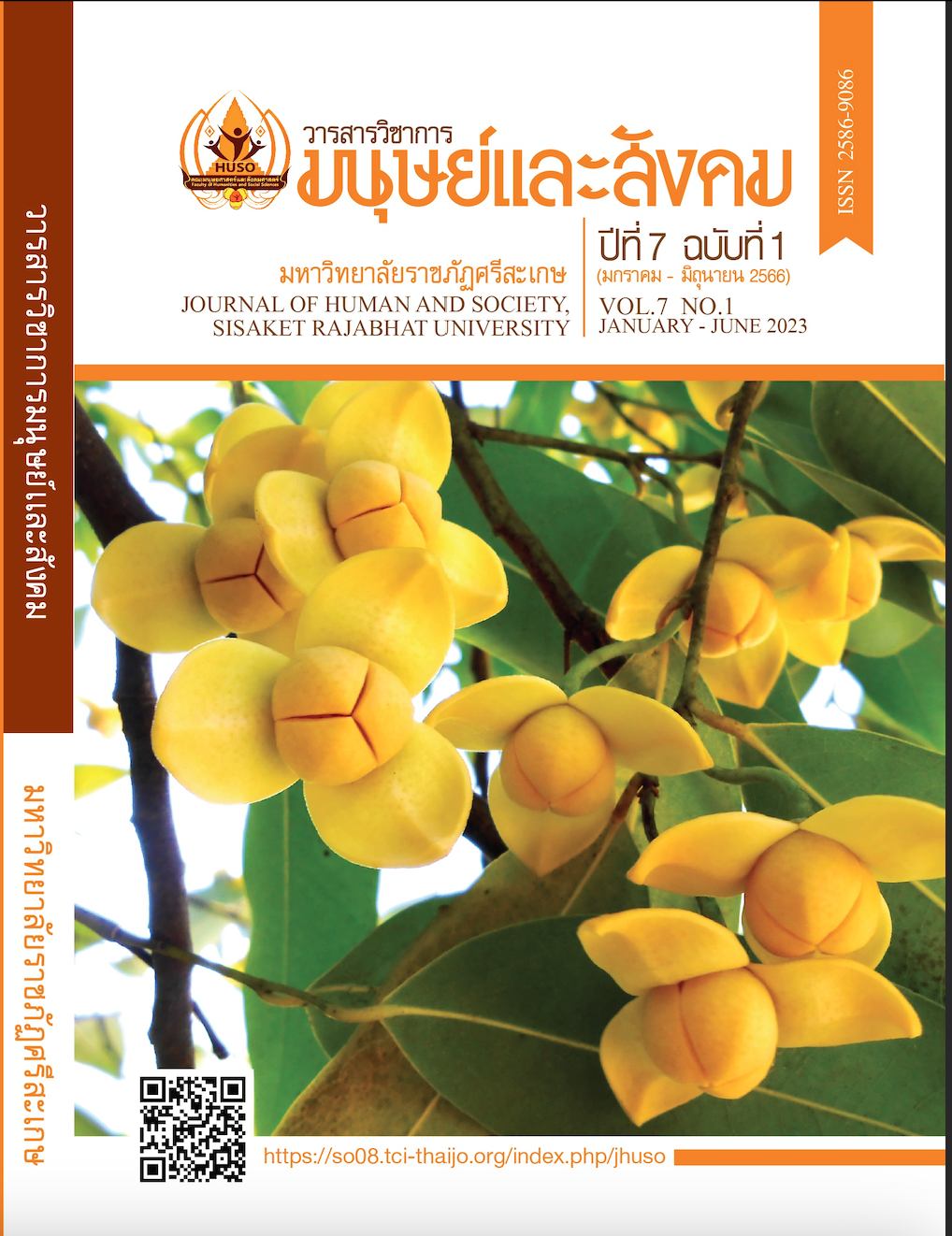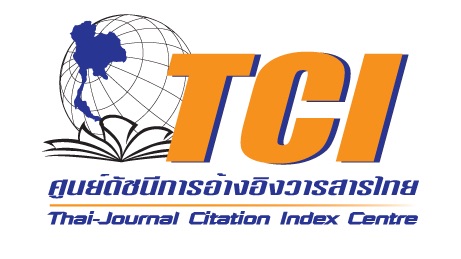The Analysis of Shoulder Movements of Chinese Mongolian Dance Performance: Characteristics and Its Meaning
Keywords:
Chinese Mongolian Dance, Shoulder Movement, Characteristics of DanceAbstract
Chinese Mongolian dance is the cultural performance created by Mongolians, the ethnic group that was “born in the saddle”. The dance presents the rhythmic, enthusiastic, and heroic nature of the people.
The characteristics of shoulder movements are the foundation of
the Mongolians’ dance. These shoulder movements significantly show
the artistic features of Mongolian people. The purposes of this study are
to analyze the characteristics of shoulder movements in Chinese Mongolian dance and to interpret the meaning of these dance movements in relevant to socio-cultural aspects.
The research method is qualitative research, which mainly combines the literature review and participatory fieldwork at Guangzhou College of Technology and Business, Guangdong Province, People’s Republic of China.
The findings found that there are six shoulder techniques consisting of hard shoulder, soft shoulder, shoulder rotation, short-flicking shoulder, long-flicking shoulder, and shrugging shoulder presented in the Mongolian dance performance. In choreography, each movement will be created and choreographed by coding the significant meaning to portray the Mongolian people's personality, manners, ways of life, and cultural landscape. This study discovers that the hard and soft shoulders portray dignified and lively Mongolian people. Shoulder rotation shows a calm and soft personality. Short-flicking and long-flicking shoulders present the riding the horse or gallop scene, while the shrugging shoulder expresses the cheerful and happiness of the Mongolian people while riding horse or laughing as well.
References
Feng, A. (2011). Chinese Mongolian Folk Dance. Beijing Sports University Publishing House.
Gao, S. & Wei, Y. (1998). Analects of Dance [M]. Inner Mongolian Education Press.
Guang, Z. (2018). On the westward migration of the Xiong Nu and the Great Migration of Western Europeans to the Motherland[J]. Zhuguo, 11(1), 68-70. https://golink.icu/pL7jDNt
Pan, Z. (2001). Teaching Methods of Chinese Folk Dance [M]. Shanghai Music Publishing House.
Sang, R. (2019). Analysis and Training of Shoulder Movements in Mongolian Dance [J]. Beijiguang, 8(1), 30-31. https://golink.icu/5dIvZkT
Siqin, T. (2008). Mongolian Dances Collected by Siqintariha [M]. Inner Mongolia People’s Publishing House.
Wen, H. (2006). On the Conventional and Cultural Significance of Mongolia Dance [J]. Heilongjiang National Series, 3(1), 114-117. https://golink.icu/3zSmXhB
Zhao, L. (2010). On Development of Mongolian Dance Teaching [J]. Dance, 8(1), 54-58. https://golink.icu/MPRnLRb
Downloads
Published
How to Cite
Issue
Section
License
Copyright (c) 2023 Journal of Human and Society, Sisaket Rajabhat University

This work is licensed under a Creative Commons Attribution-NonCommercial-NoDerivatives 4.0 International License.







